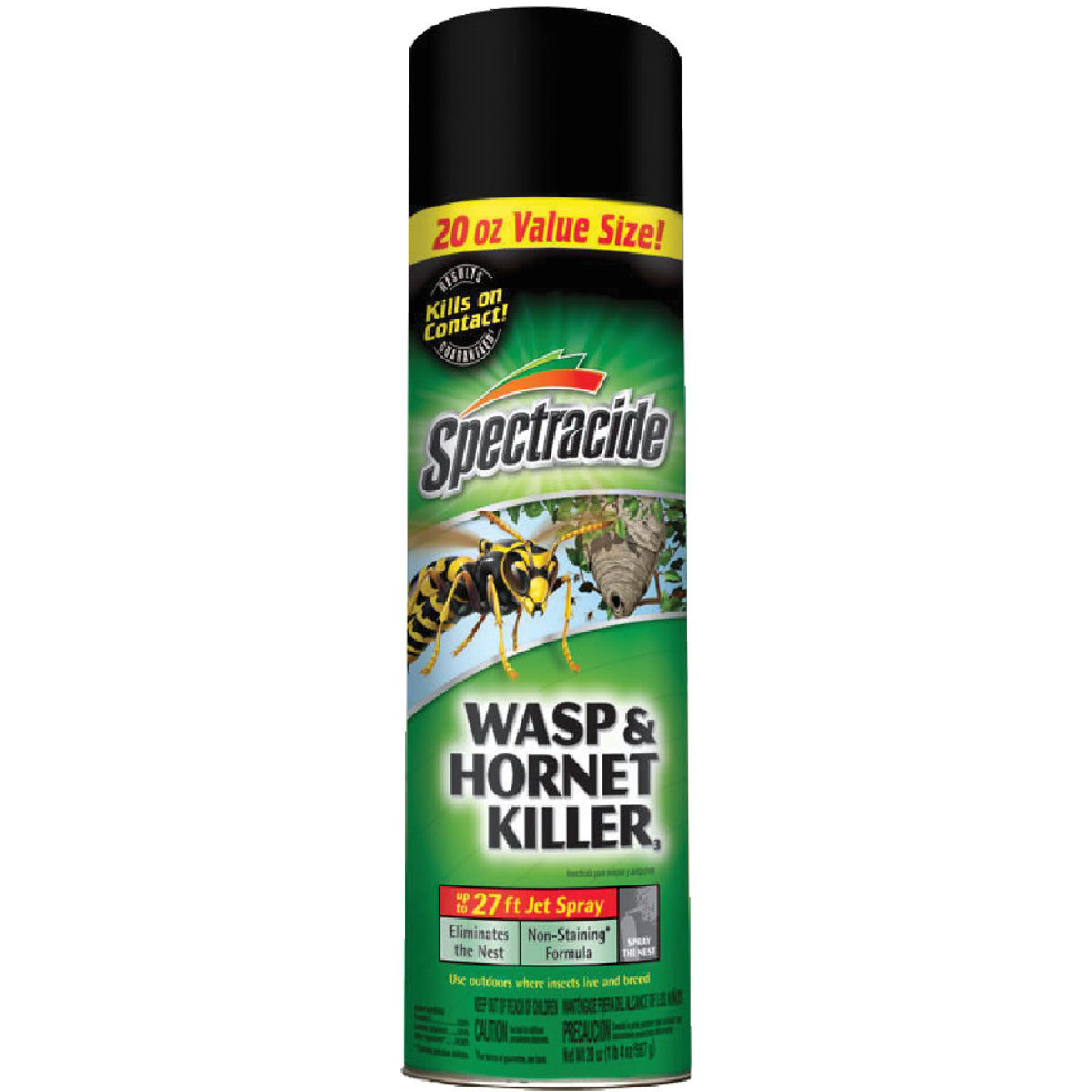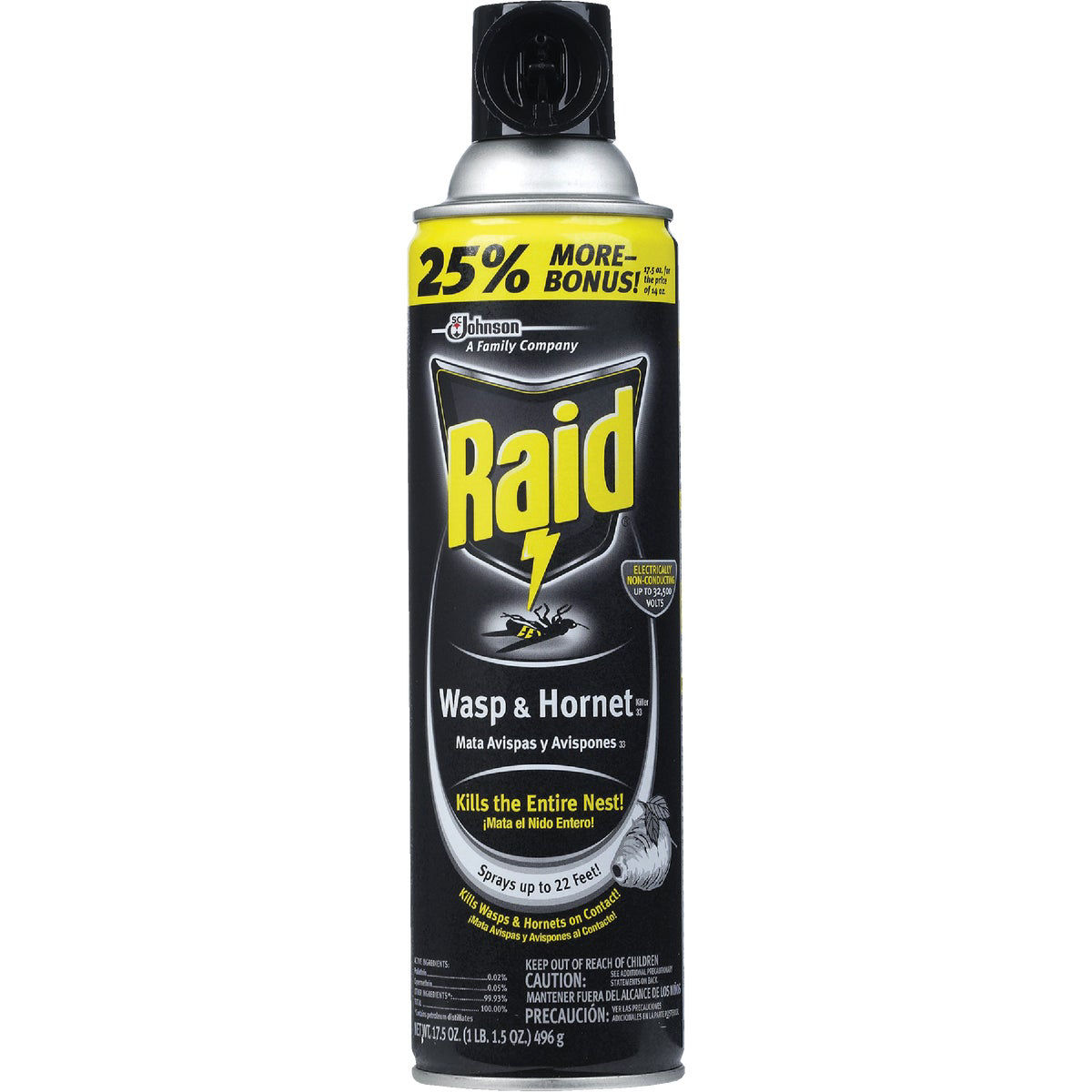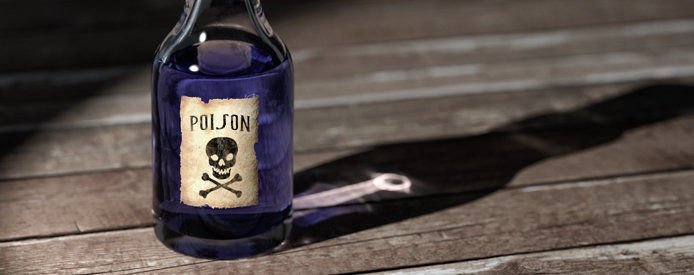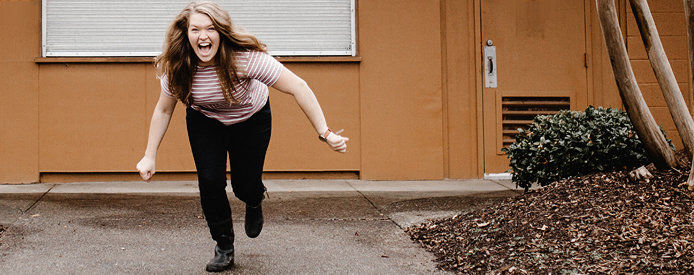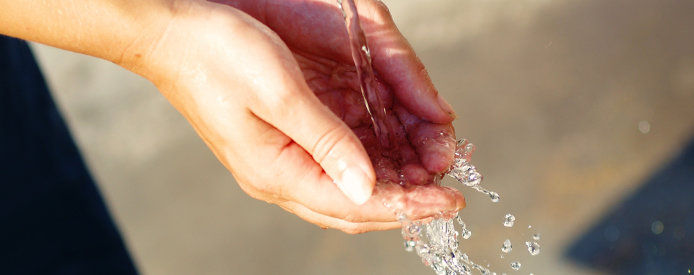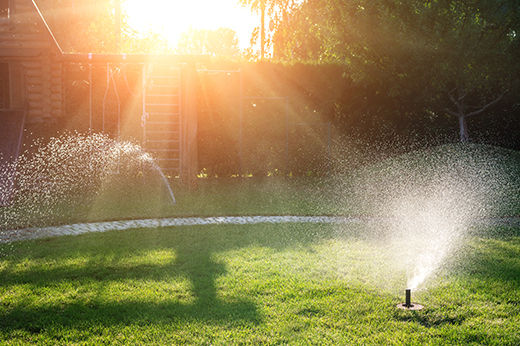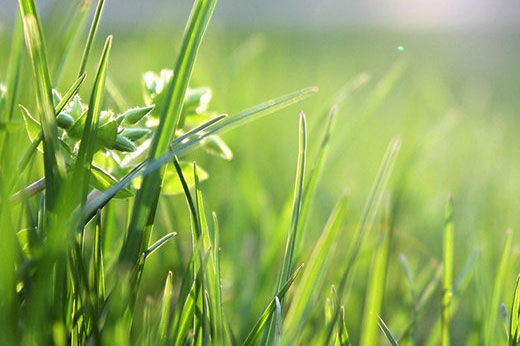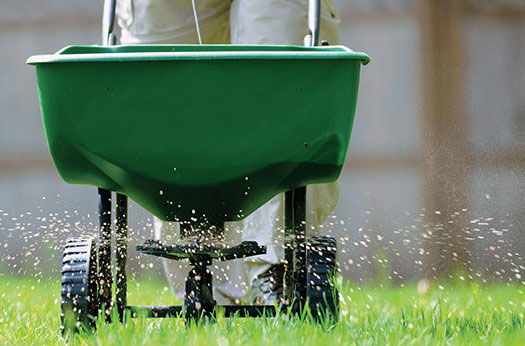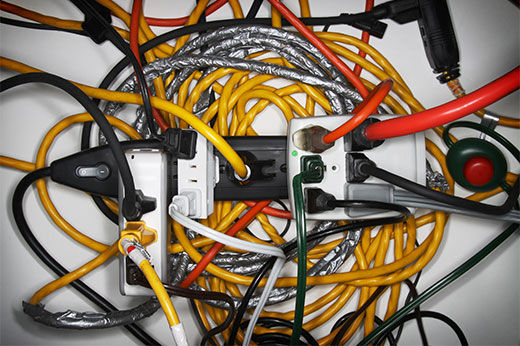- Spray can reach up to 27 feet.
- Water-based and non-staining.
- Kills on contact.
- Kills the entire nest.
- Quick spray formula made for fast knockdown and kill.
What are the Best Hornet and Wasp Sprays?
There you are at the store, ready to pick up some wasp and hornet spray, and quickly you experience choice paralysis! There are so many wasp killer sprays to choose from, but which is the best (and safest) choice?
There are many effective wasp spray options. When spraying wasps, you’ll want to keep your distance and avoid getting any spray on you (most effective wasp and hornet sprays are also quite toxic). Here are the best options to help you narrow down the selection.

